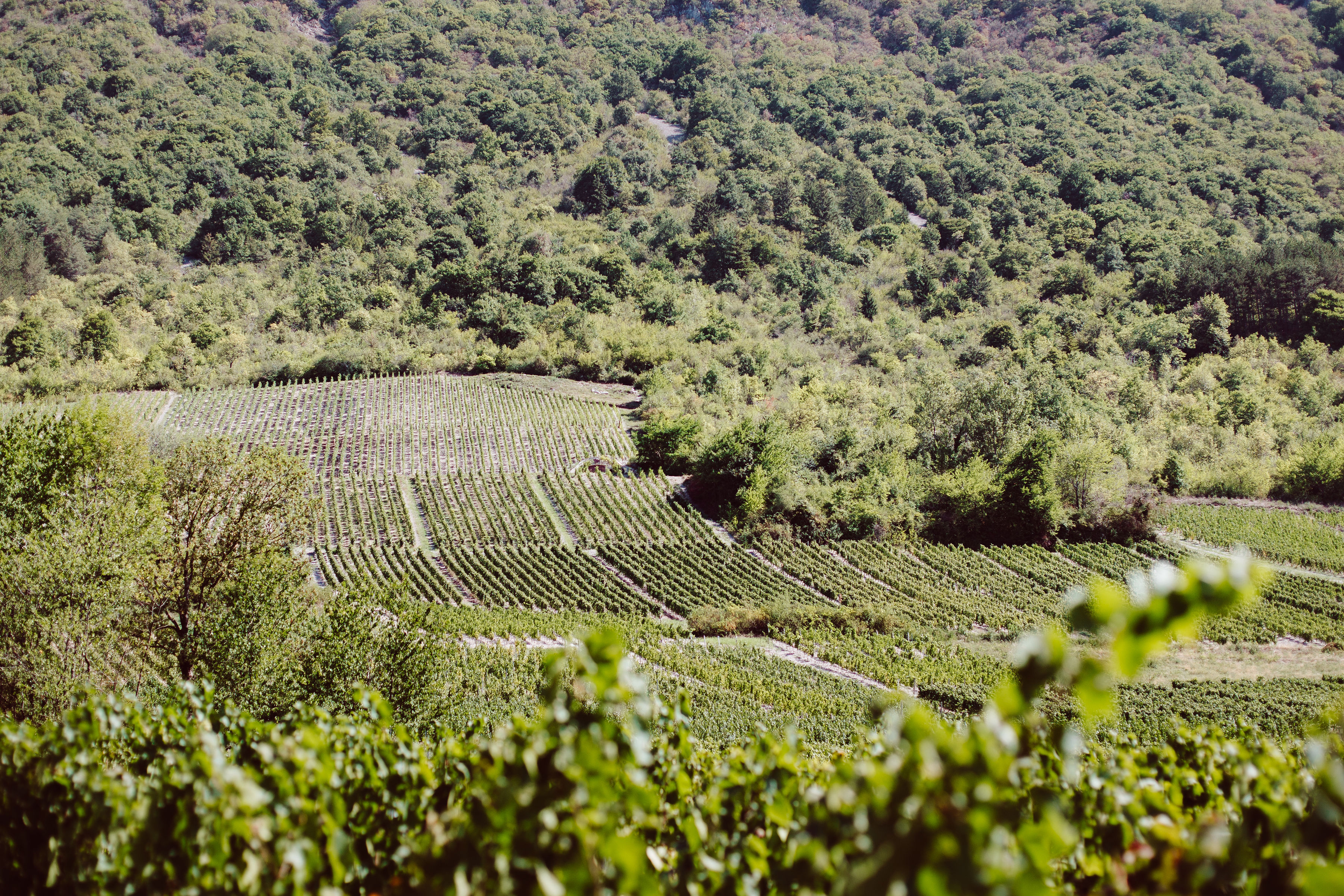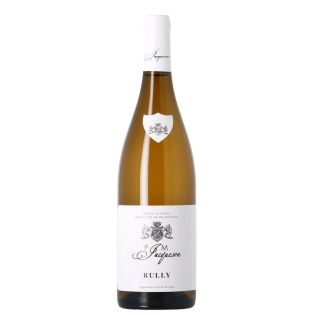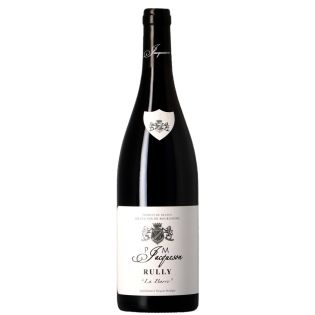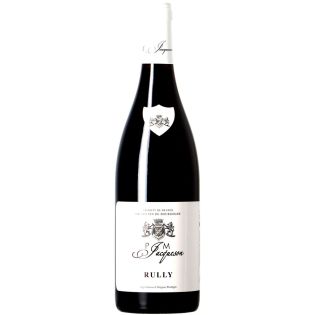Rully PDO
Rully, beautiful white and red wines from the Côte Chalonnaise
It is in Saône-et-Loire, in the north of the Côte Chalonnaise, that the Rully AOC flourishes. Like its neighbour, Mercurey, it produces red wines from Pinot Noir and white wines from Chardonnay. Its other neighbour, Bouzeron, plays the card of originality in this part of the Burgundy vineyard by cultivating aligoté. The grape varieties of Rully are thus those of Burgundy; they express themselves differently according to the soils, always with this aplomb which allows the wines to compete with those of the nearby Côte de Beaune. And as the prices of the Rully wines, both red and white, remain accessible, the pleasure of discovering this cru of the Côte Chalonnaise is even greater.
General presentation of Rully
The vineyard of Rully marks the northern entrance to the Côte Chalonnaise, that sub-area of winegrowing Burgundy which forms the link between the Côte de Beaune and the Mâconnais. Rully and its 340 hectares of vines are located near Chalon-sur-Saône, between two other AOC Villages of the Côte Chalonnaise: Mercurey to the south and Bouzeron to the north.
The Chardonnay grape variety occupies the majority of the Rully vineyard. More than 210 hectares are devoted to the production of white wine. The Chardonnay vines are traditionally cultivated at altitude, on the highest parts of the hillside. A little over 120 hectares are dedicated to Pinot Noir for varied red wines that have little to envy the crus of the Côte de Beaune.
This Burgundy Village appellation has 23 Climats classified as Premier Cru, including Grésigny, Clos Saint-Jacques, Les Pierres, Chapitre, Marissou, Montpalais, La Pucelle, Vauvry...
If Rully produces beautiful red and white wines, the village is also at the origin of Crémants de Bourgogne AOC among the most famous of the region.
Characteristics of Rully
The wide variety of Climats present in Rully gives rise to wines with very different characters. Generally speaking, Rully AOC white wines have a golden colour with green highlights, which intensifies with age. The aromas are those of acacia flowers, honeysuckle, hawthorn and even elderberry. Violet, lemon and white peach further enrich this bouquet, sometimes with a mineral note of flint or flint. With time, this aromatic palette is tinged with honey, quince and dried fruit.
The red wines of the Rully appellation are distinguished by a ruby colour, sometimes very dark. They are fruity wines, with an aromatic bouquet reminiscent of blackcurrant, blackberry and bigarreau. Liquorice, lilac and rose petals can also be recognised on the nose. These wines most often evolve on cooked fruit. They are best aged for at least 3 years before being enjoyed.
White wines can be kept for 2 to 8 years; reds for 3 to 6 years. More for the good vintages and the Premier Cru.
How to enjoy a Rully
A glass of white Rully is a natural accompaniment to fine, tender fish such as salmon or trout. It is also perfect with hot shellfish. One of the best food and wine pairings is to pair a white Rully AOC with a poularde à la crème et aux morilles. When it comes to cheese, it is best paired with Comté or other fruity cheeses. It is also an excellent white wine for the aperitif. To serve it, prefer a temperature of 12-14°.
Red Rully wines are recommended to accompany offal cooked in sauce or just pan-fried: sweetbreads, chicken livers, kidneys... They also highlight poultry and local gastronomy dishes: fondue bourguignonne, oxtail à la vigneronne, beef bourguignon... A red Rully is best served at a temperature of 15-17°.
Laissez-vous tenter... par les autres appellations !
Le vignoble



